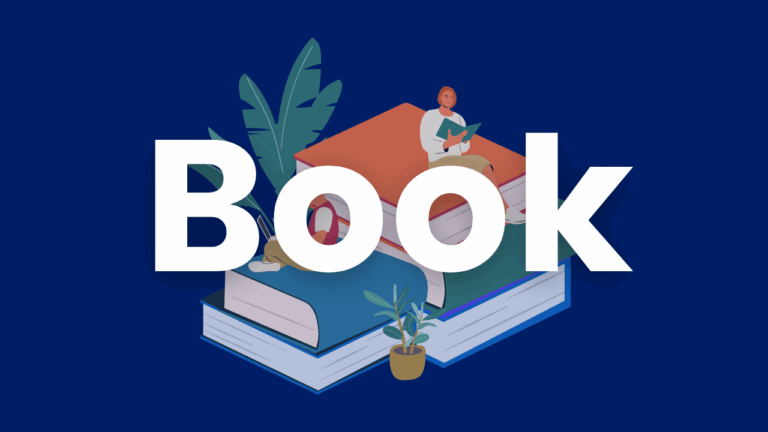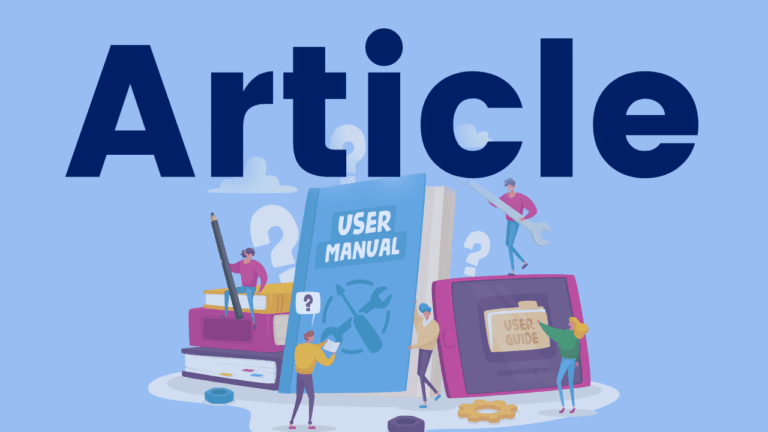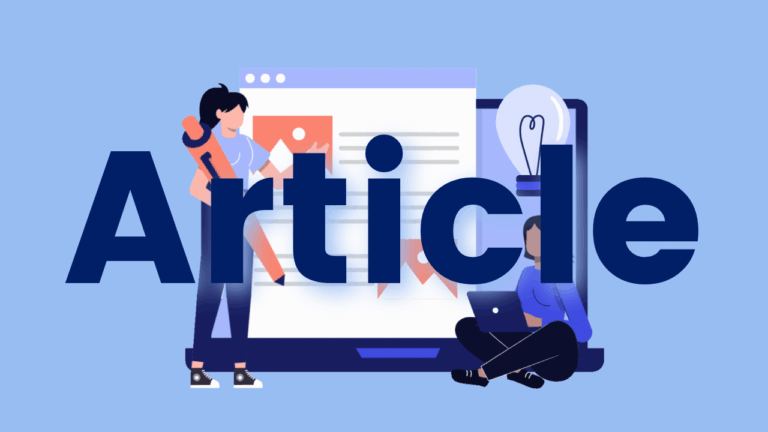Teaching TV: Television Techniques
The « Teaching TV: Television Techniques » lesson, a component of Elizabeth Verrall’s comprehensive five-part unit for elementary education, offers educators valuable insights for incorporating TV education in classrooms. By guiding students in creating their own media productions, the lesson imparts a practical understanding of how technology and film techniques are harnessed in television to convey meaning…






